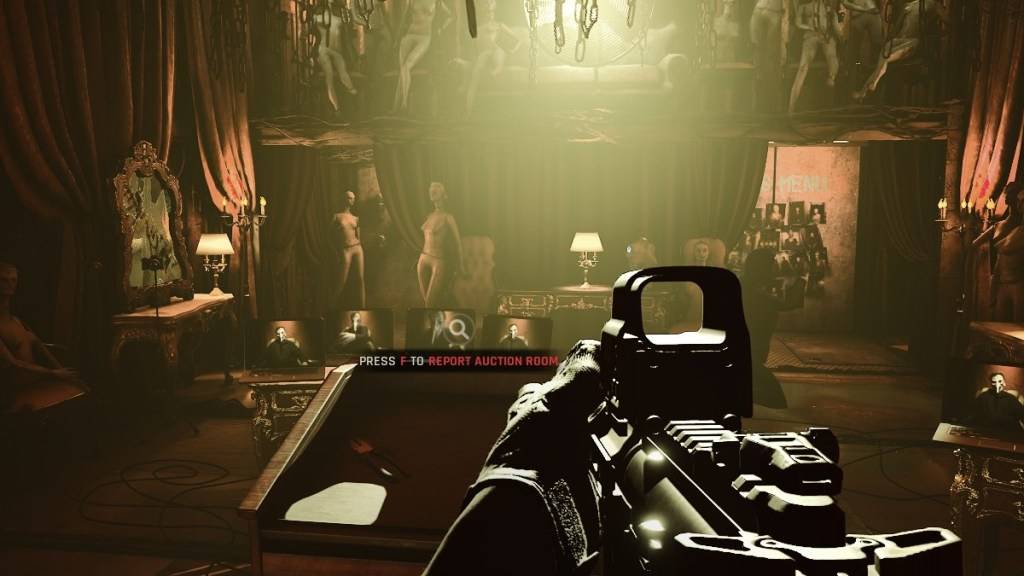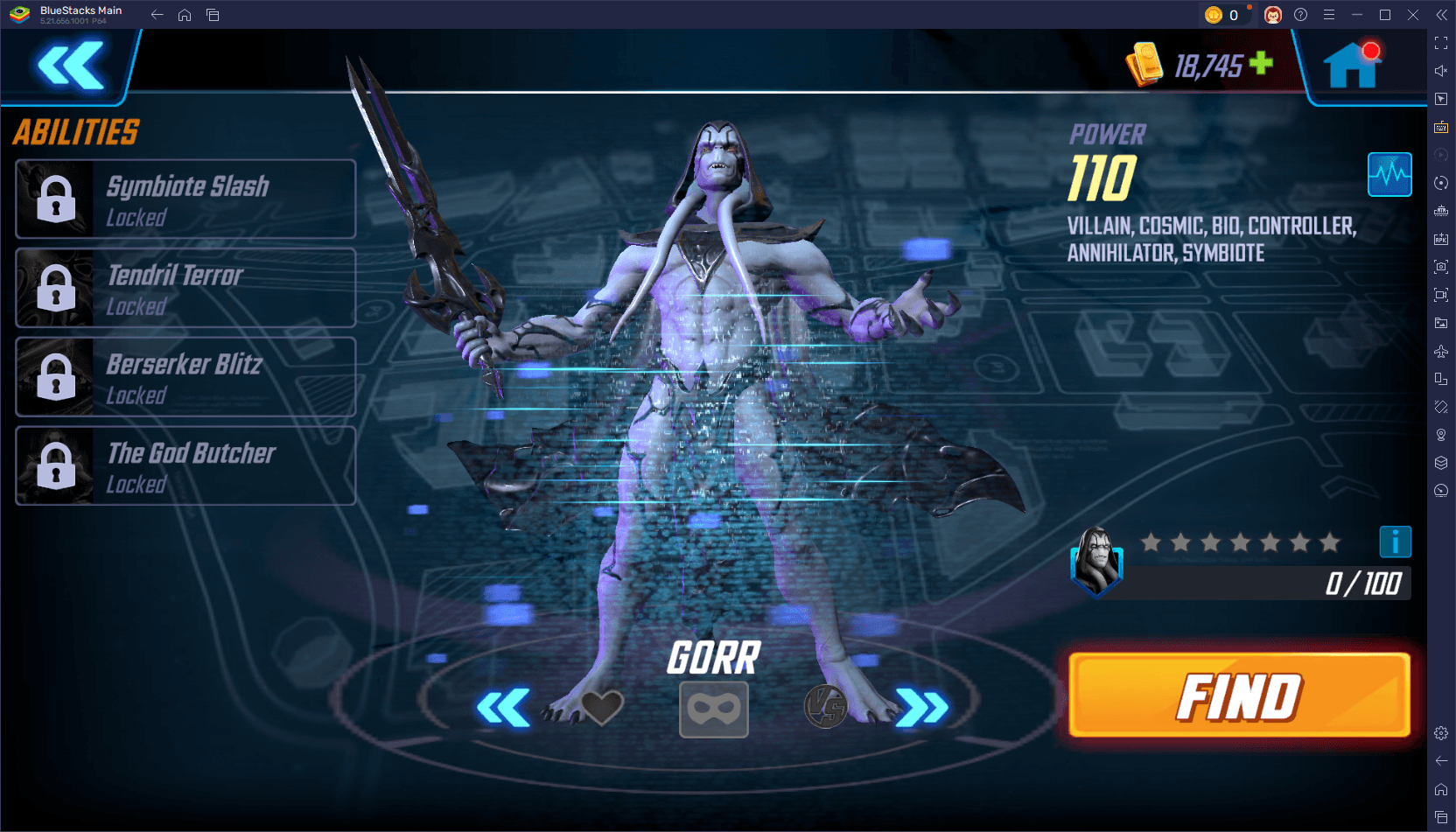Ready or Not: DirectX 11 vs. DirectX 12 – Which Should You Choose?
Many modern games offer DirectX 11 and 12 options, and Ready or Not is no exception. This choice can be confusing, especially for less tech-savvy players. While DirectX 12 is newer and potentially offers better performance, DirectX 11 is often considered more stable. Let's break down the differences.
Understanding DirectX 11 and DirectX 12
Essentially, both DirectX 11 and DirectX 12 act as intermediaries, enabling communication between your computer and the game. This includes facilitating GPU rendering of game visuals.
DirectX 11, being older, is simpler for developers to implement. However, it doesn't fully utilize CPU and GPU resources, potentially limiting performance. Its widespread adoption stems from its ease of use.
DirectX 12, the newer option, is more efficient in resource utilization. It provides developers with extensive optimization tools for enhanced performance. However, its complexity demands more development effort to fully leverage its capabilities.
Choosing the Right DirectX for Ready or Not

Conversely, older systems may experience instability or performance degradation with DirectX 12. For older hardware, DirectX 11's stability is preferable.
In summary: Modern systems should opt for DirectX 12 for potentially better performance. Older systems are better served by the stability of DirectX 11.
Setting Your Rendering Mode in Ready or Not
You'll typically select your rendering mode (DX11 or DX12) upon game launch via Steam. A window will prompt you to choose. Select DX12 for newer PCs and DX11 for older ones.
If this window doesn't appear, follow these steps:
- Right-click Ready or Not in your Steam library and choose "Properties."
- Navigate to the "General" tab and locate the "Launch Options" field.
- Enter your preferred rendering mode (e.g.,
-dx11or-dx12).
Ready or Not is currently available on PC.


















